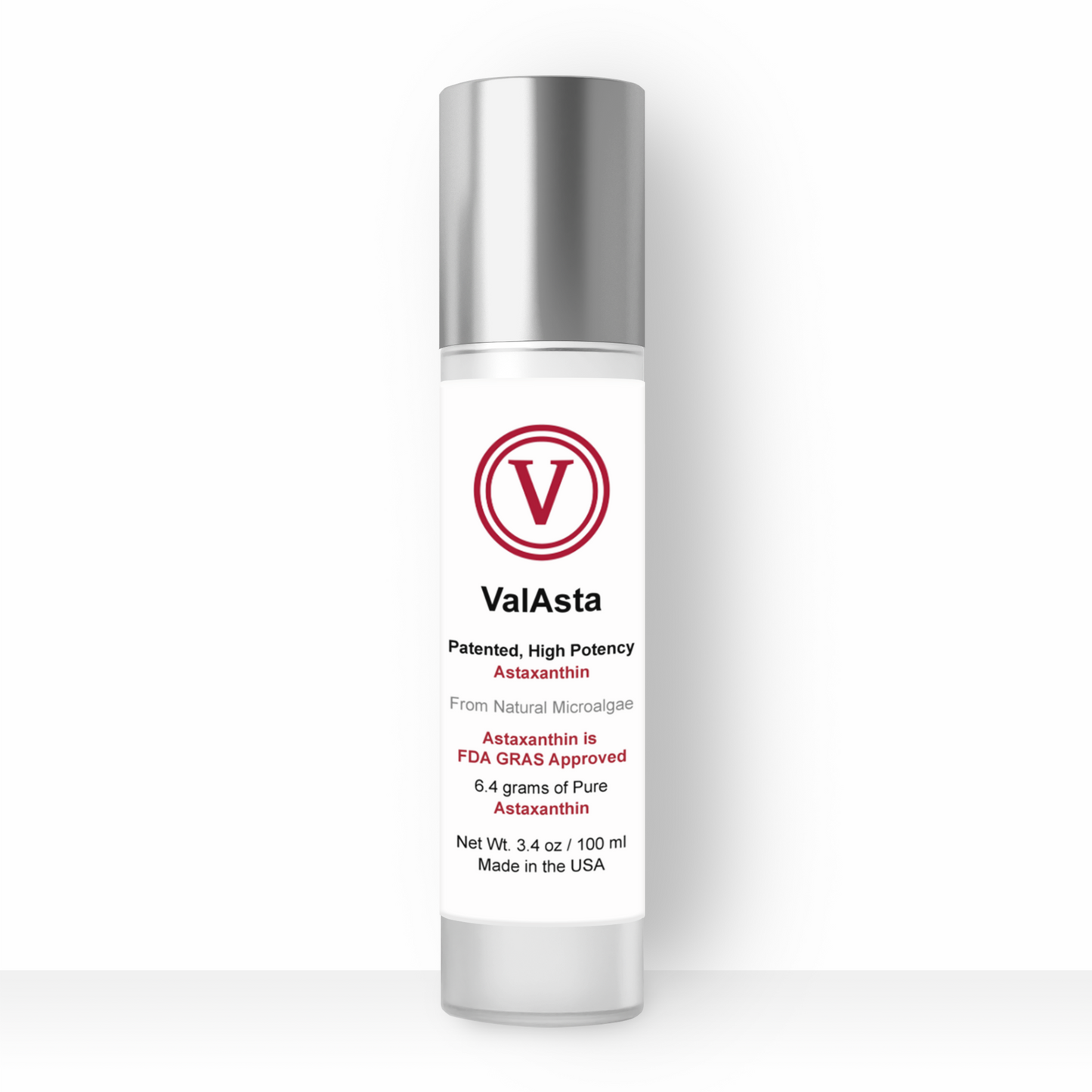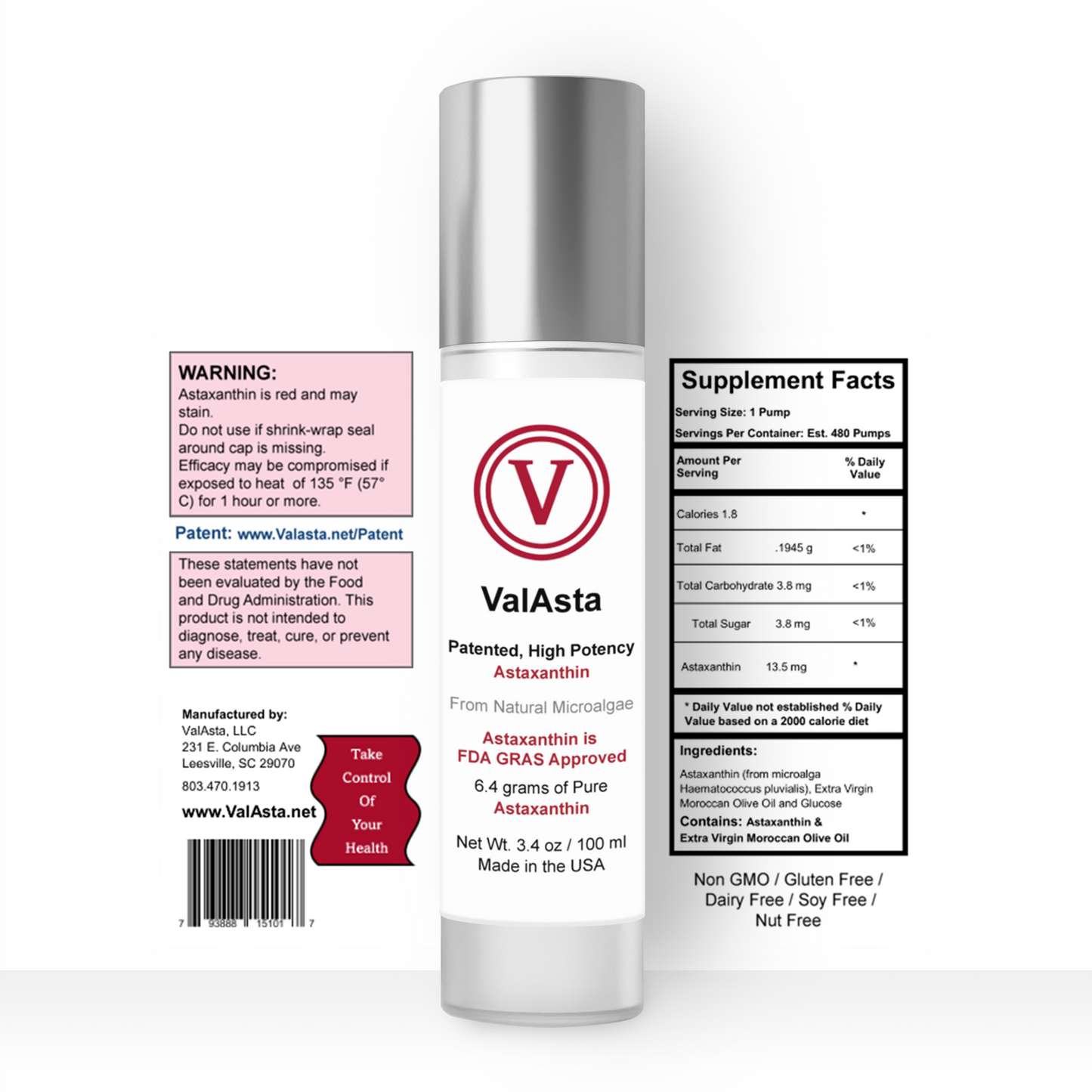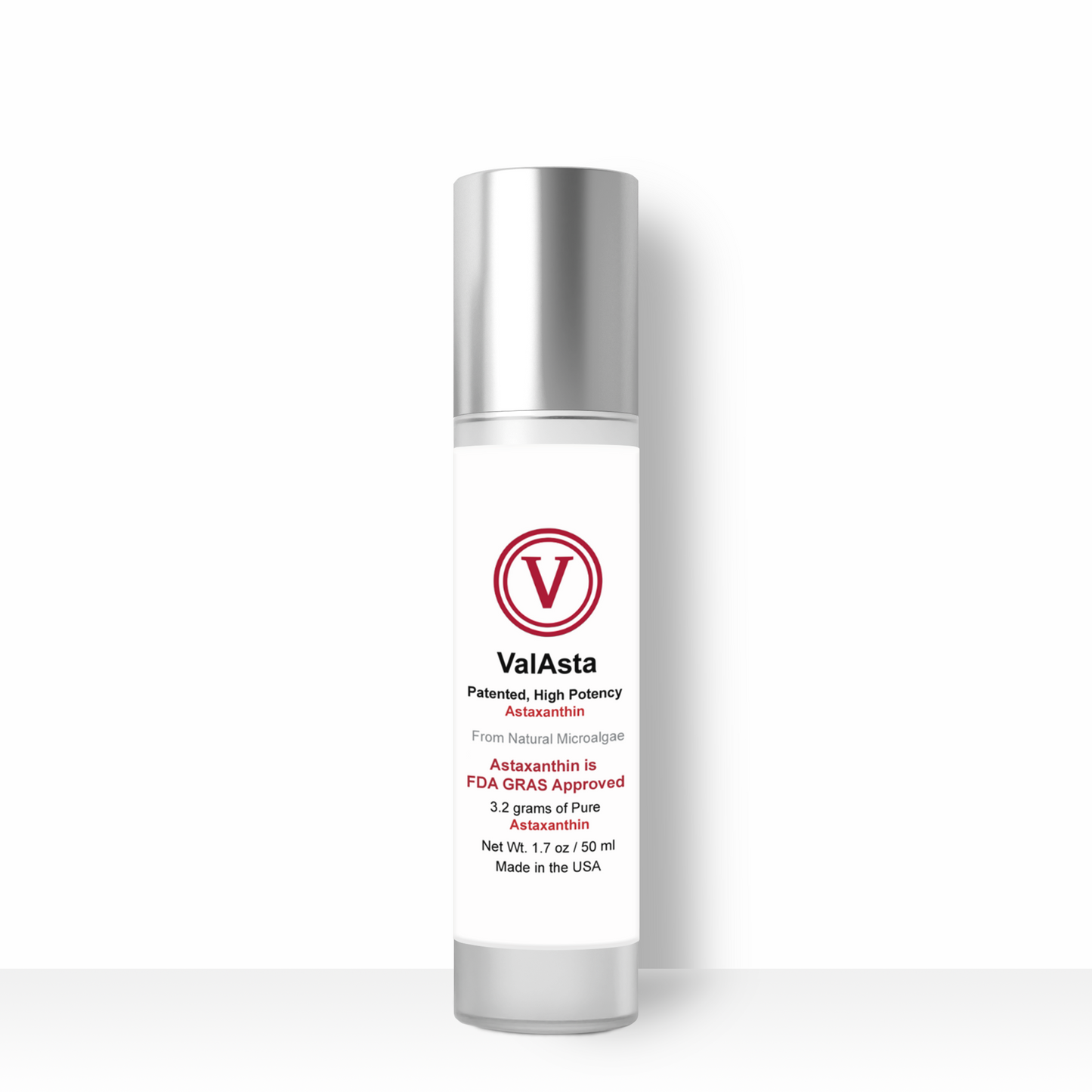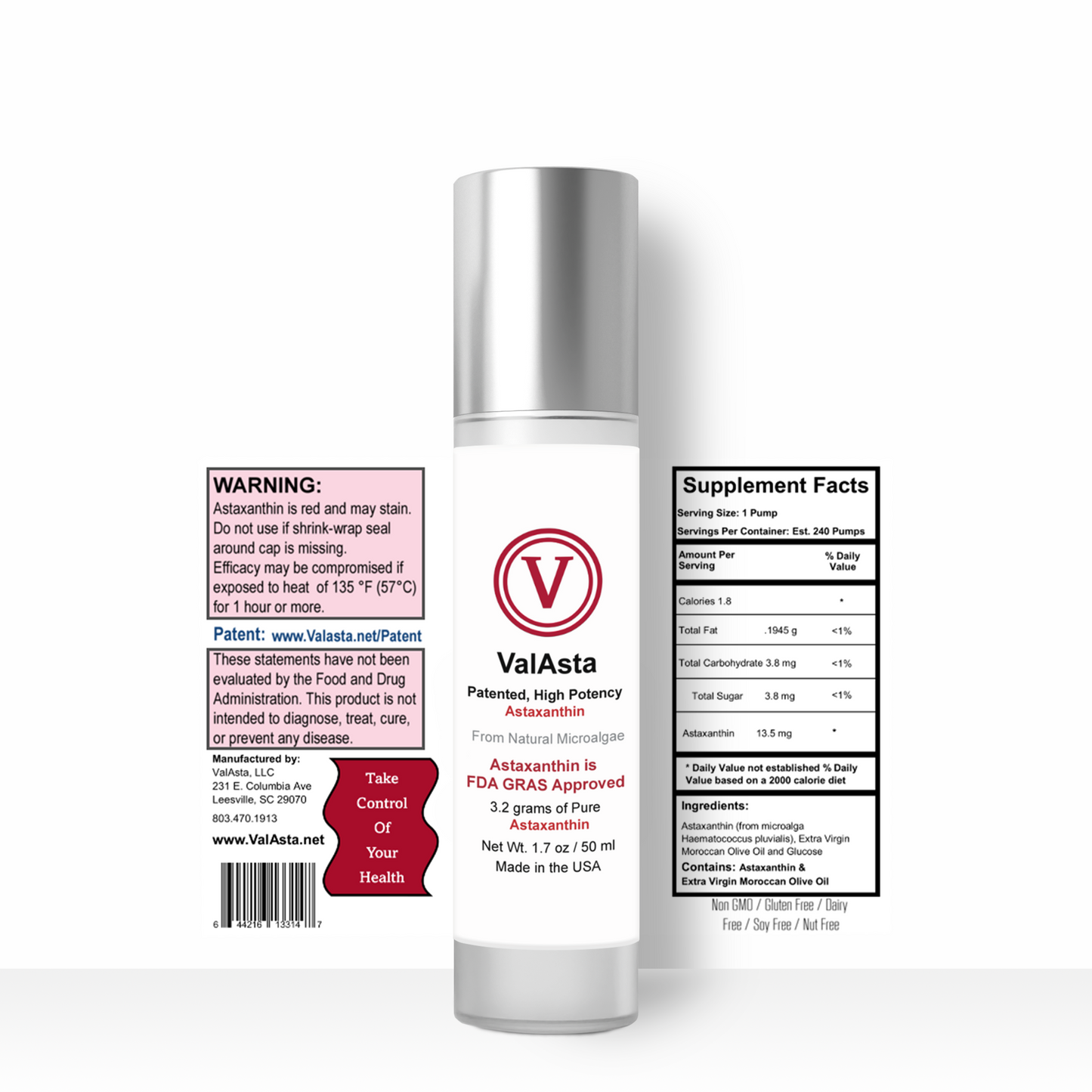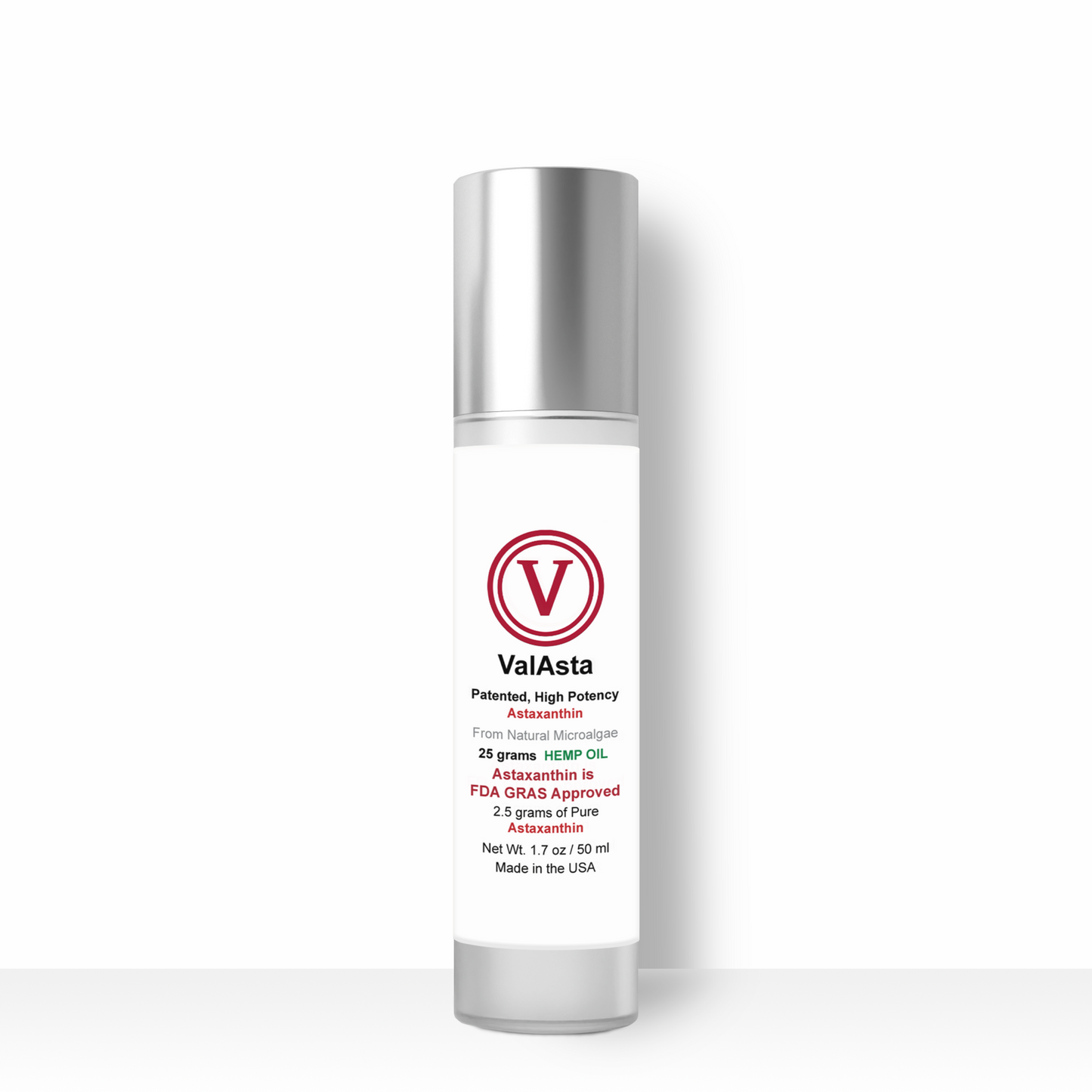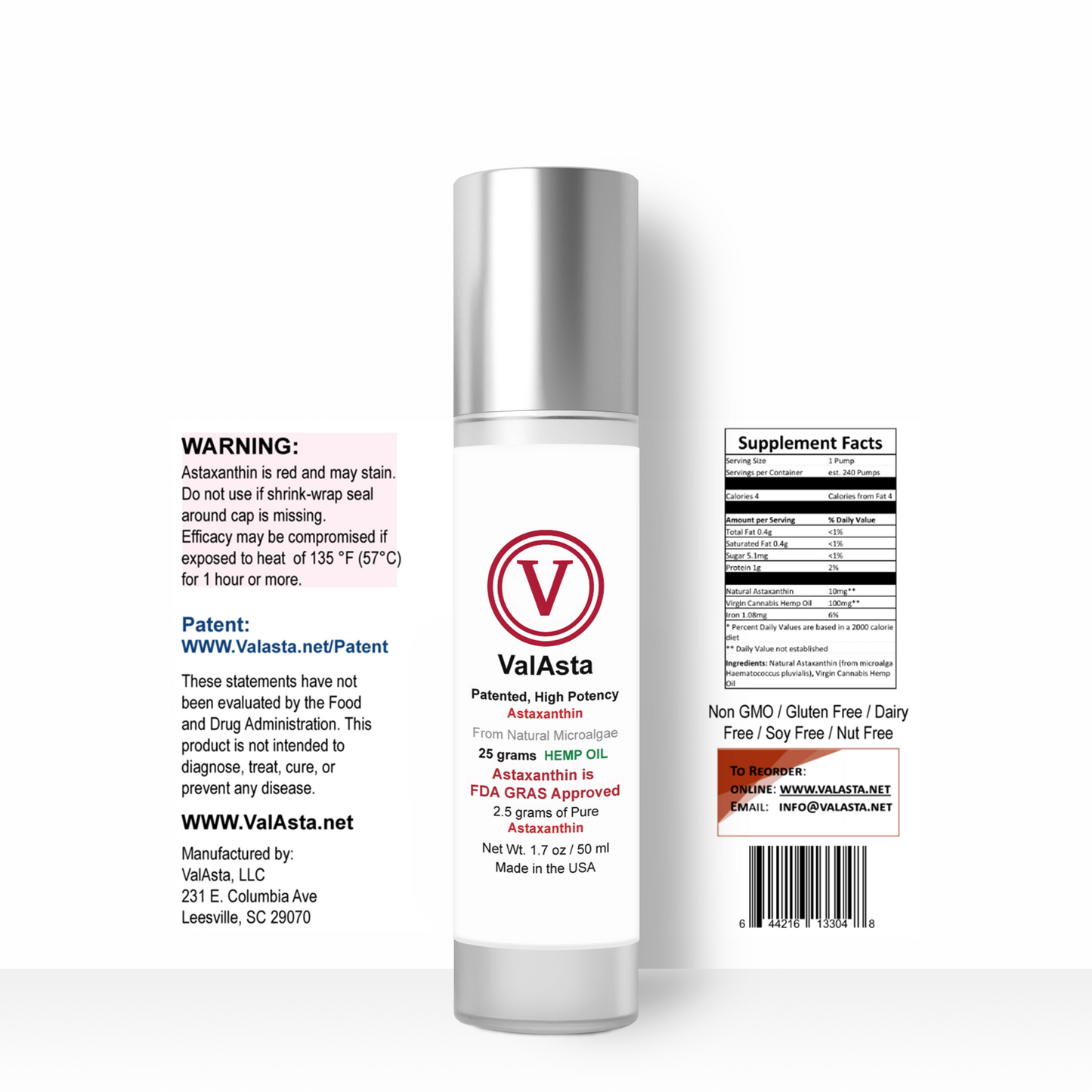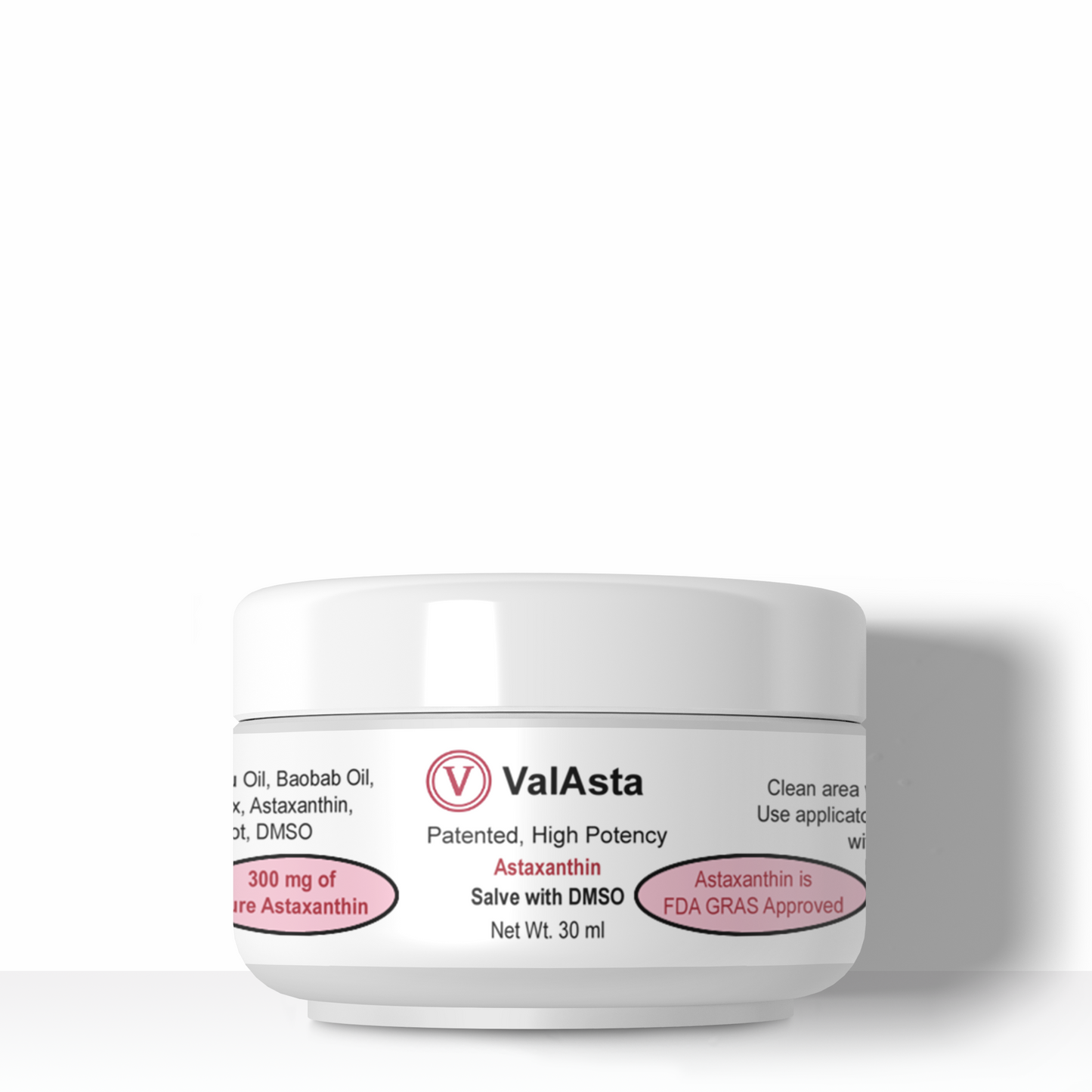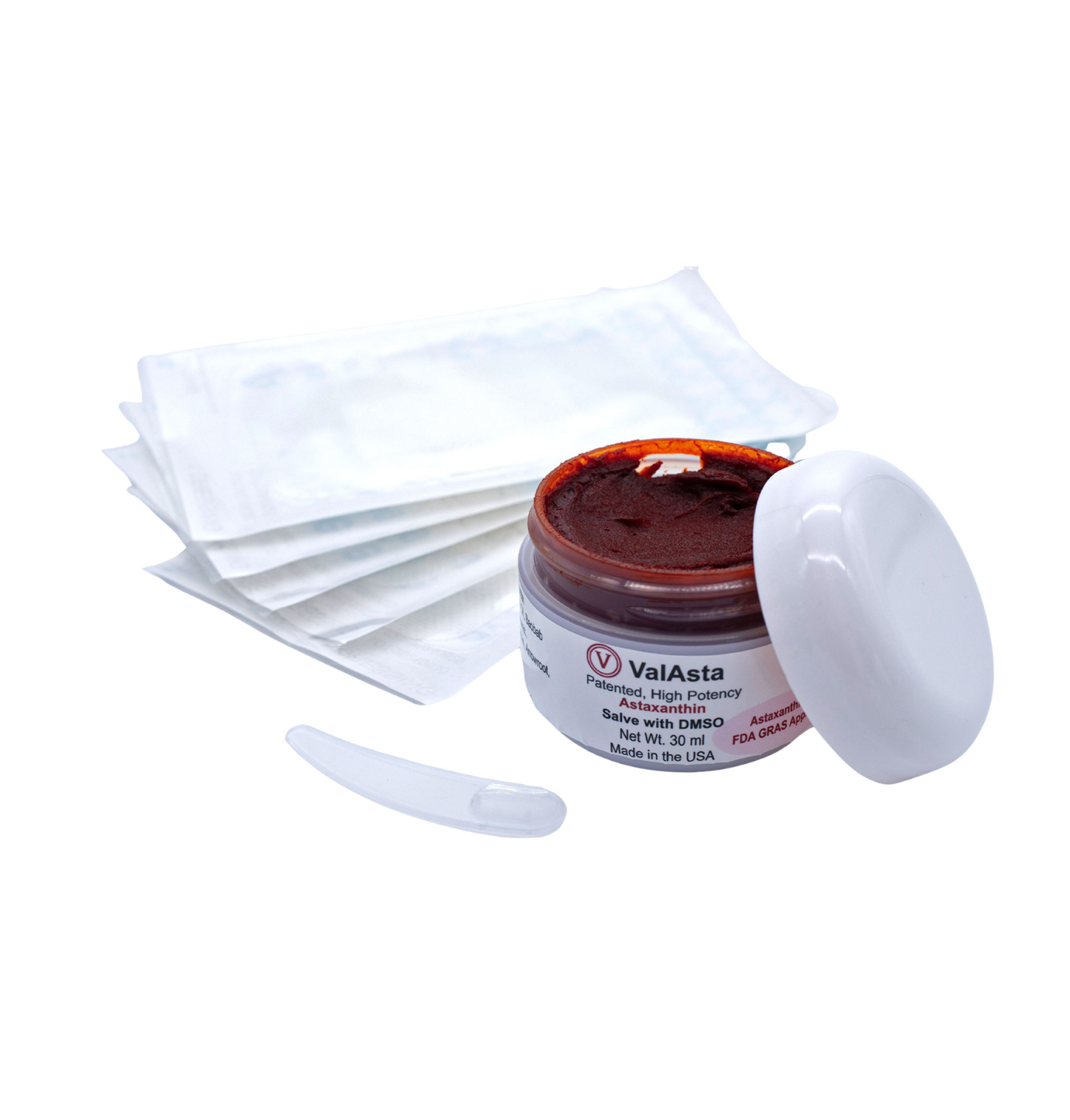
Diabetic Nephropathy Abstract, Manabe 2007
1: J Cell Biochem. 2007 Oct 22
Manabe E, Handa O, Naito Y, Mizushima K, Akagiri S, Adachi S, Takagi T, Kokura S, Maoka T, Yoshikawa T.
School of Nursing, Kyoto Prefectural University of Medicine, Kyoto, 602 8566 Japan.
Astaxanthin (ASX) is a carotenoid that has potent protective effects on diabetic nephropathy in mice model of type 2 diabetes. In this study, we investigated the protective mechanism of ASX on the progression of diabetic nephropathy using an in vitro model of hyperglycemia, focusing on mesangial cells. Normal human mesangial cells (NHMCs) were cultured in the medium containing normal (5 mM) or high (25 mM) concentrations of D-glucose. Reactive oxygen species (ROS) production, the activation of nuclear transcription factors such as nuclear factor kappa B (NFkappaB) and activator protein-1 (AP-1), and the expression/production of transforming growth factor-beta 1 (TGFbeta(1)) and monocyte chemoattractant protein-1 (MCP-1) were evaluated in the presence or absence of ASX. High glucose (HG) exposure induced significant ROS production in mitochondria of NHMCs, which resulted in the activation of transcription factors, and subsequent expression/production of cytokines that plays an important role in the mesangial expansion, an important event in the pathogenesis of diabetic nephropathy. ASX significantly suppressed HG-induced ROS production, the activation of transcription factors, and cytokine expression/production by NHMCs. In addition, ASX accumulated in the mitochondria of NHMCs and reduced the production of ROS-modified proteins in mitochondria. ASX may prevent the progression of diabetic nephropathy mainly through ROS scavenging effect in mitochondria of mesangial cells and thus is expected to be very useful for the prevention of diabetic nephropathy. J. Cell. Biochem. (c) 2007 Wiley-Liss, Inc.

